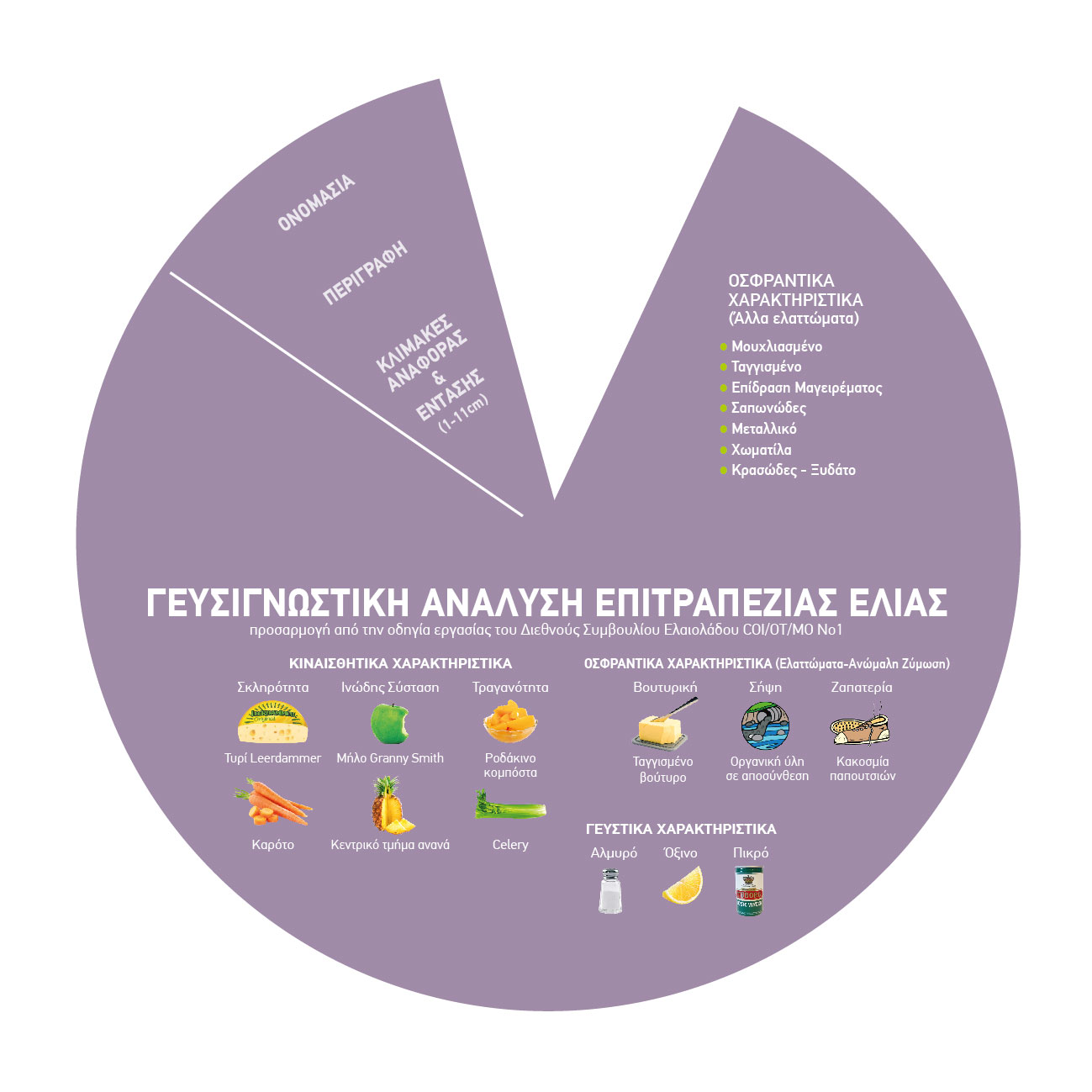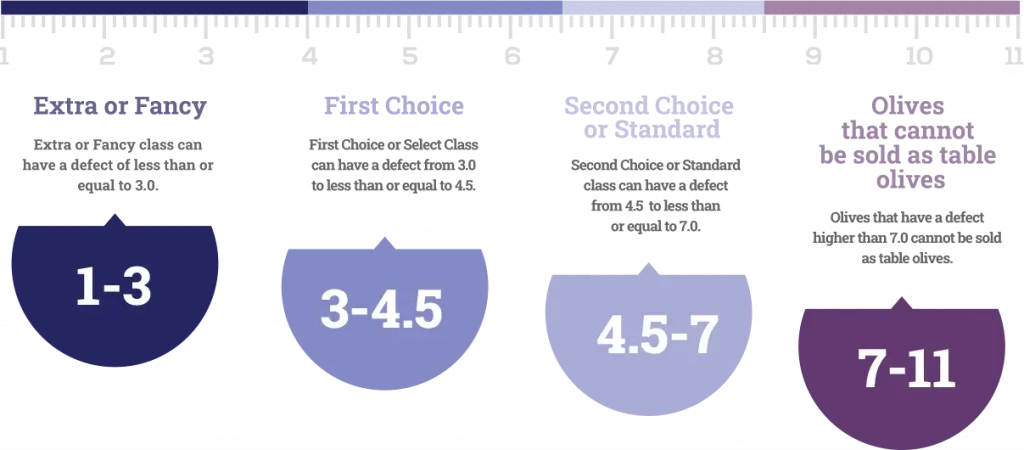The sensory analysis of table olives measures the intensity of their smell, taste and texture attributes
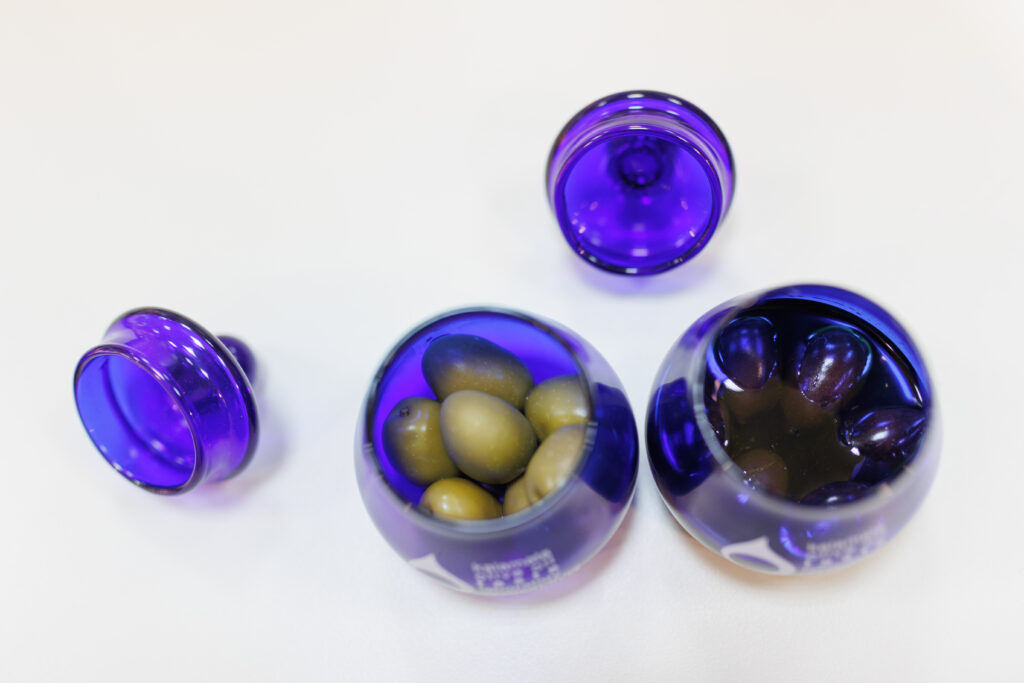
A table olive must have those smell, taste and texture attributes that can be identified according to the variety and the way it is processed.
Taste Attributes
Texture attributes
Quality categories
These categories are determined by the presence and intensity of the main negative attribute.
Negative attributes or defects in table olives are perceived through the sense of smell. These can be caused by incorrect handling during fermentation, fruit health, processing and cultivation practices.
Negative Attributes or Defects due to incorrect handling during fermentation:
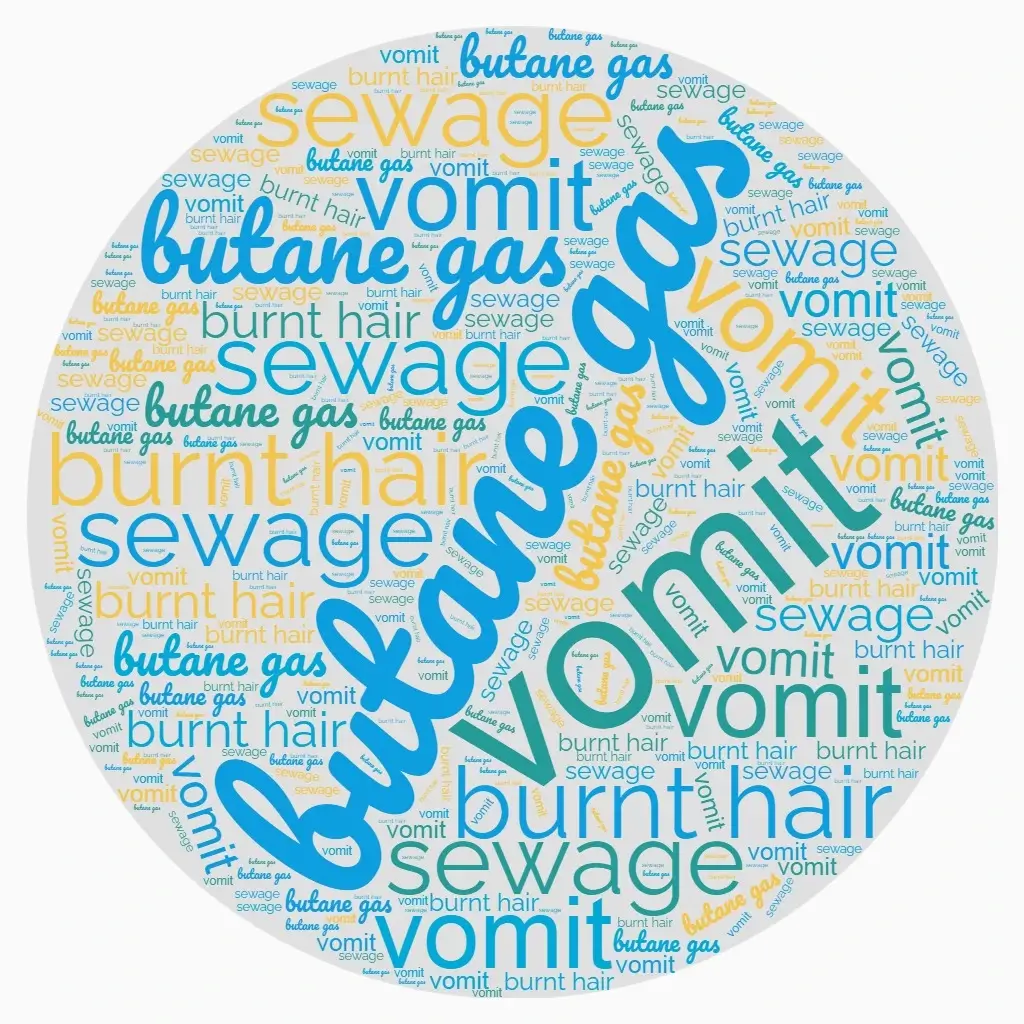
Putrid: reminiscent of the odor of decomposing organic matter
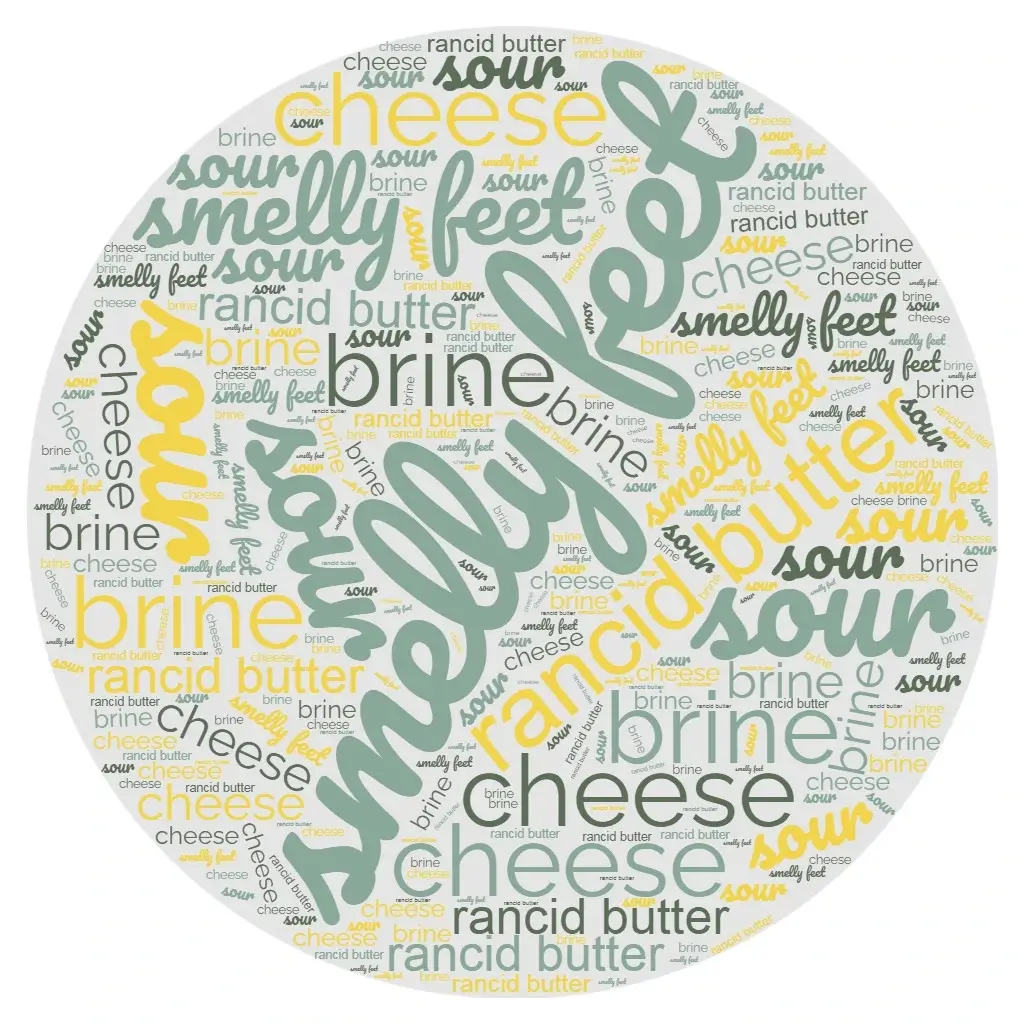
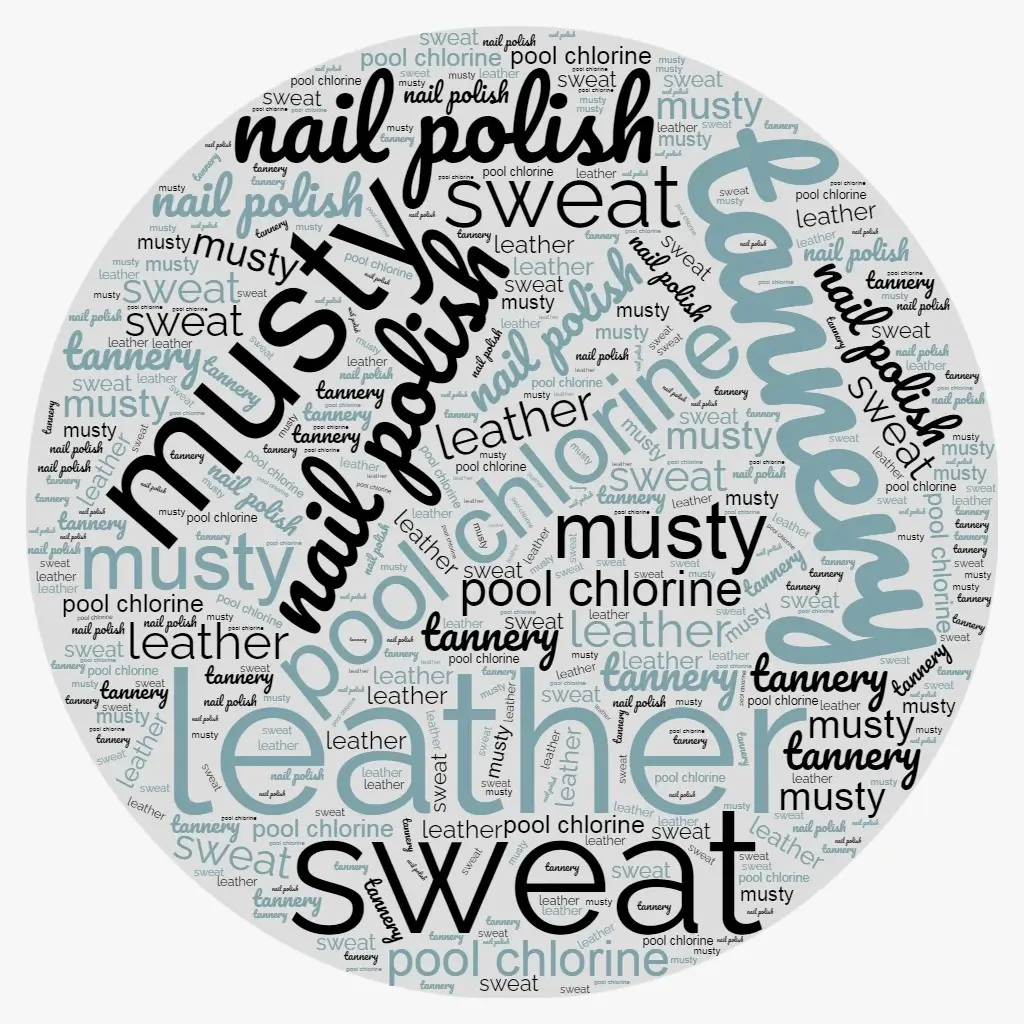
Zapateria: odor reminiscent of old leather
Additional Negative Attributes or Defects due to unhealthy olive fruit:
- Musty: olive fruit that has become mouldy
- Rancid: olive fruit that has undergone a process of rancidity
Additional Negative Attributes or Defects due to incorrect handling during processing and/or cultivation practices:
-
Cooking effect: characterises olive fruit that have undergone excessive heating in terms of temperature and/or duration during pasteurisation or sterilisation
-
Soapy: Smell and taste sensation reminiscent of soap
-
Metallic: Smell and taste sensation reminiscent of metals
-
Earthy: Smell and taste sensation reminiscent of soil or dust
-
Winey – vinegary: Smell and taste sensation reminiscent of wine or vinegar
